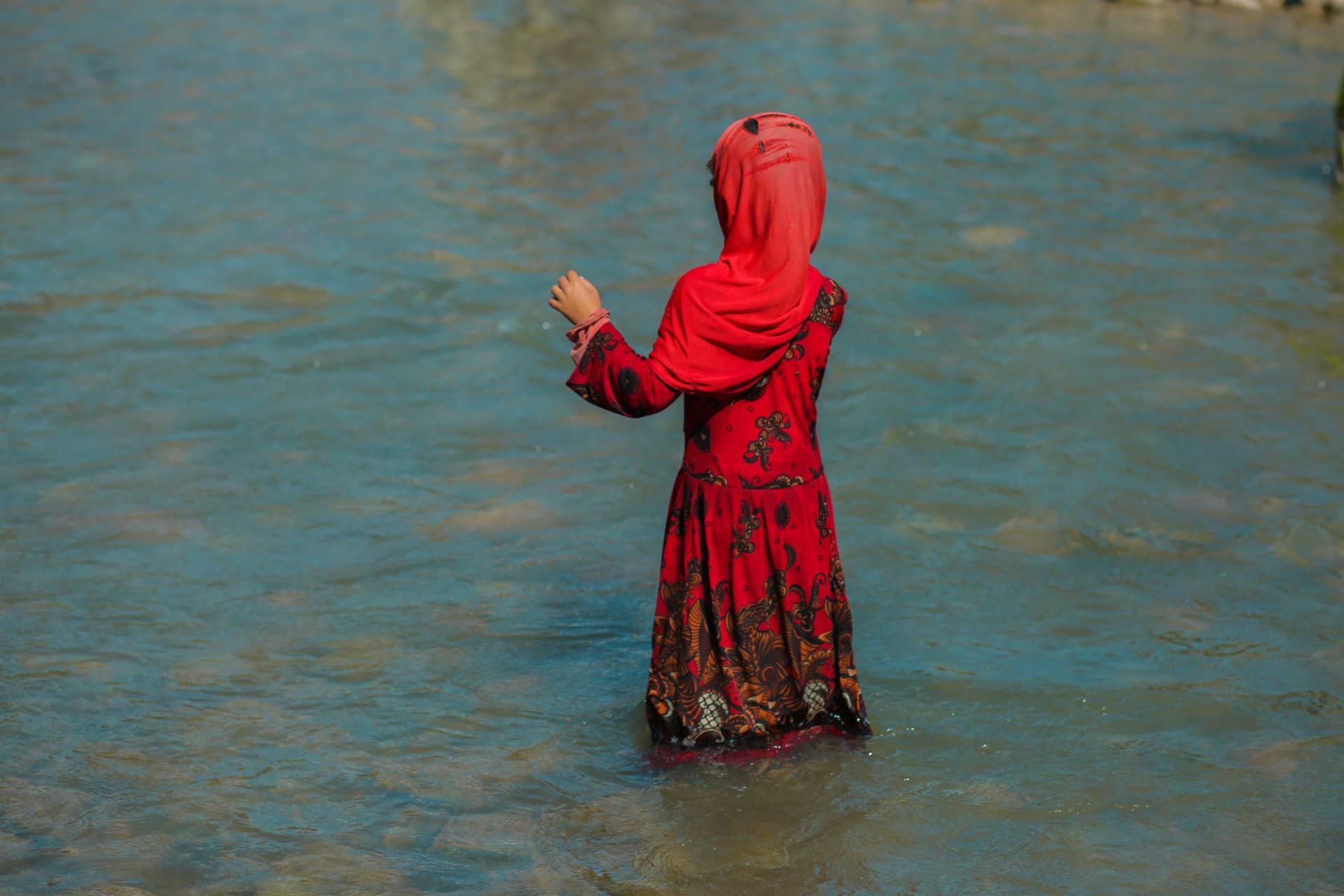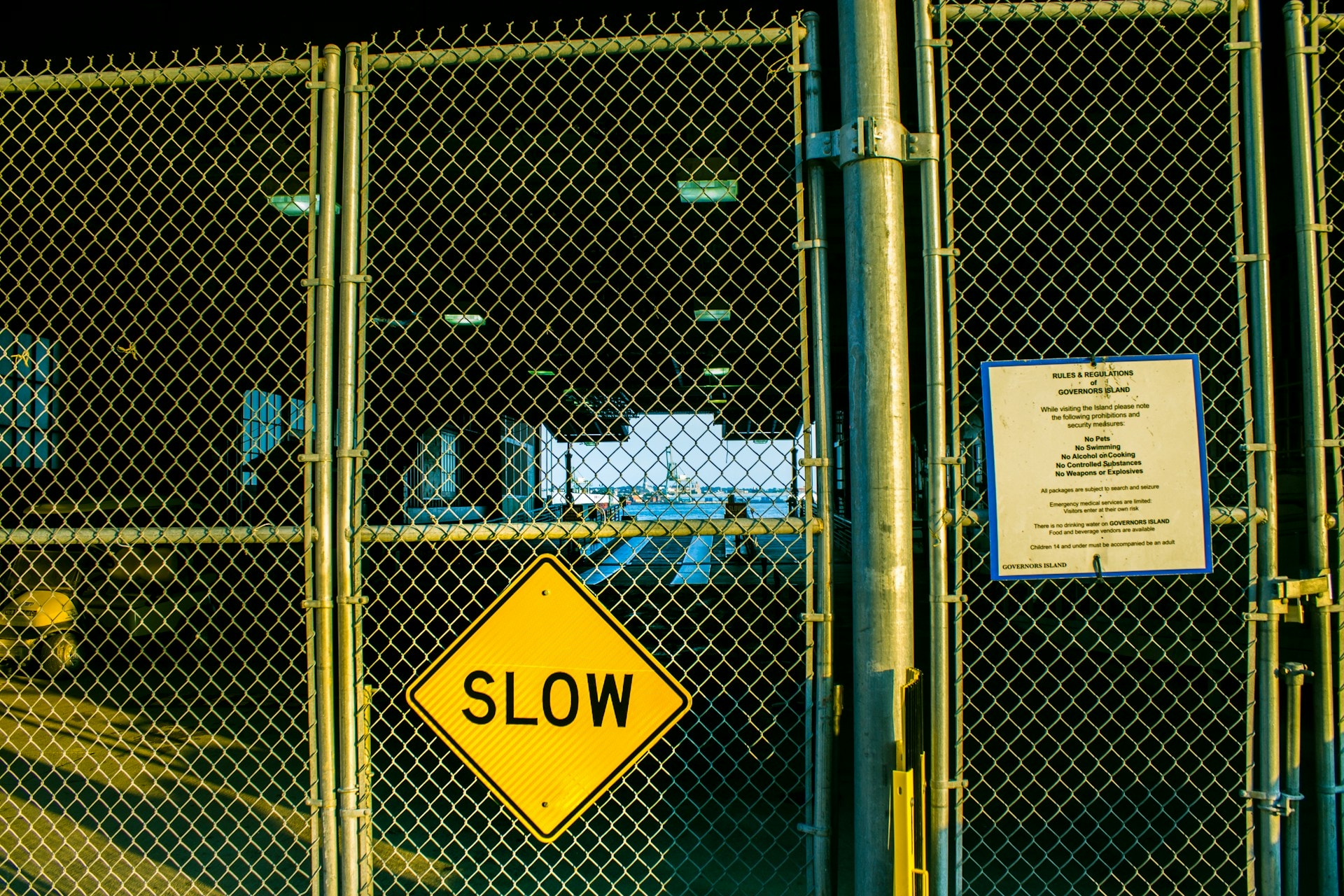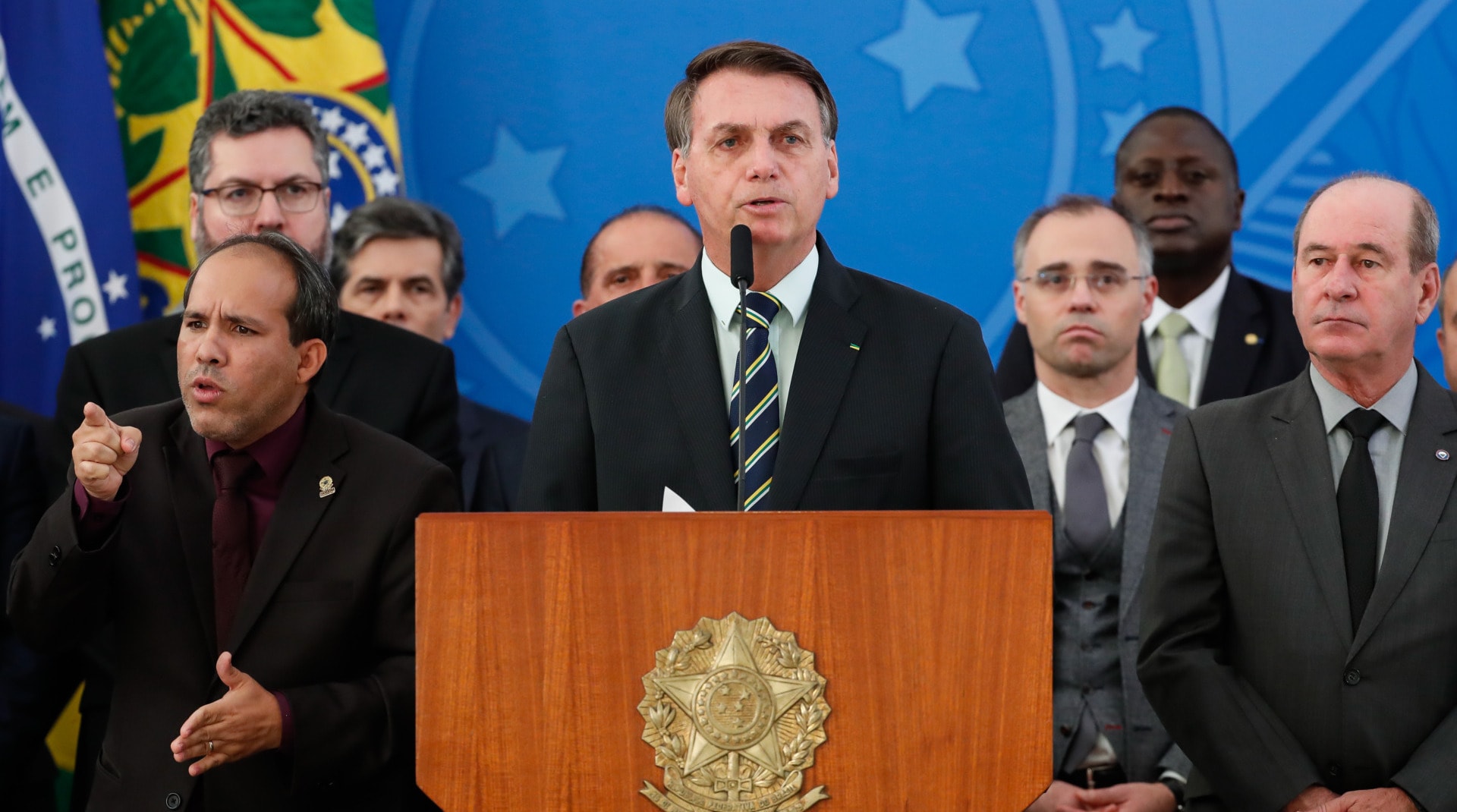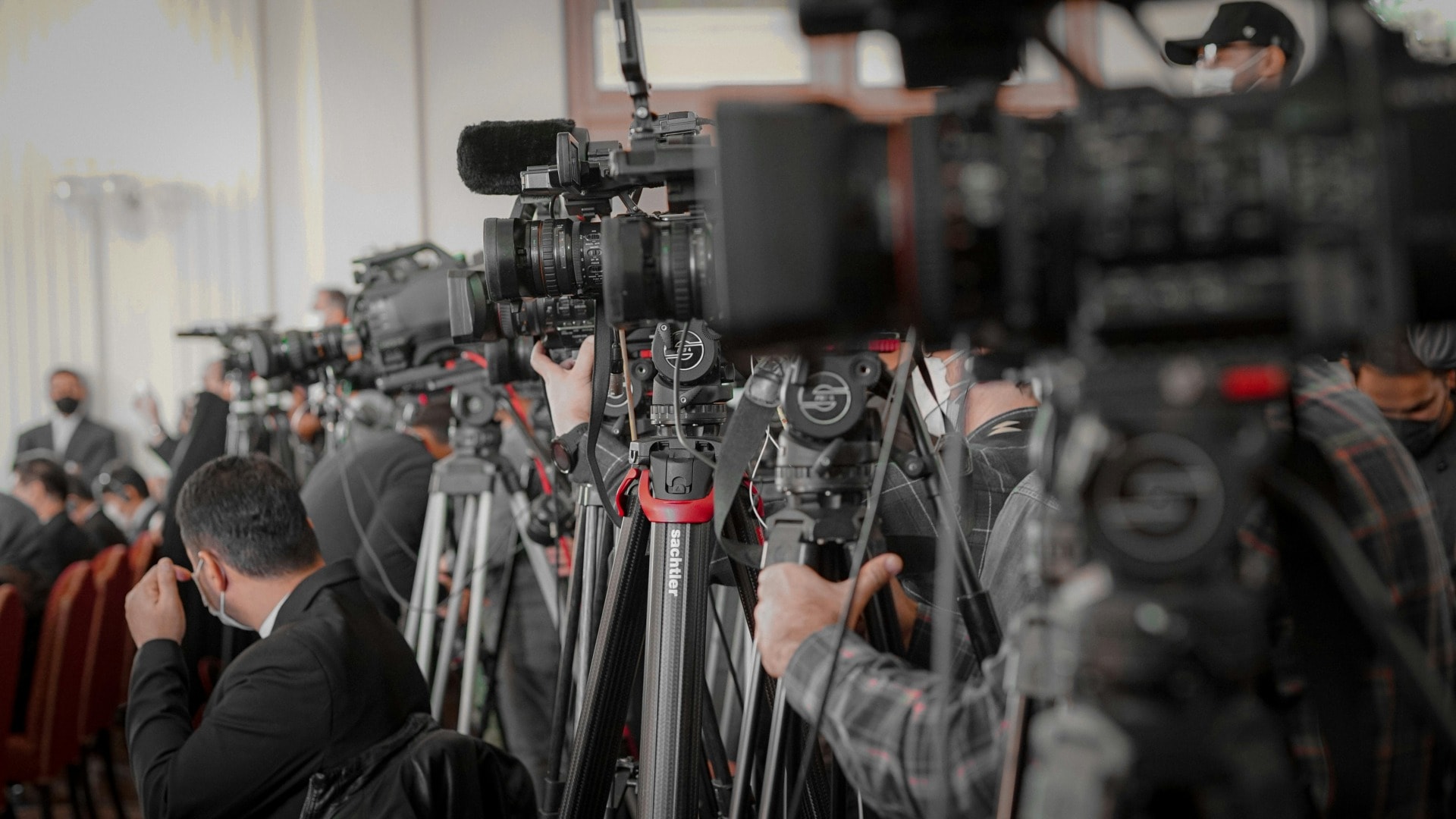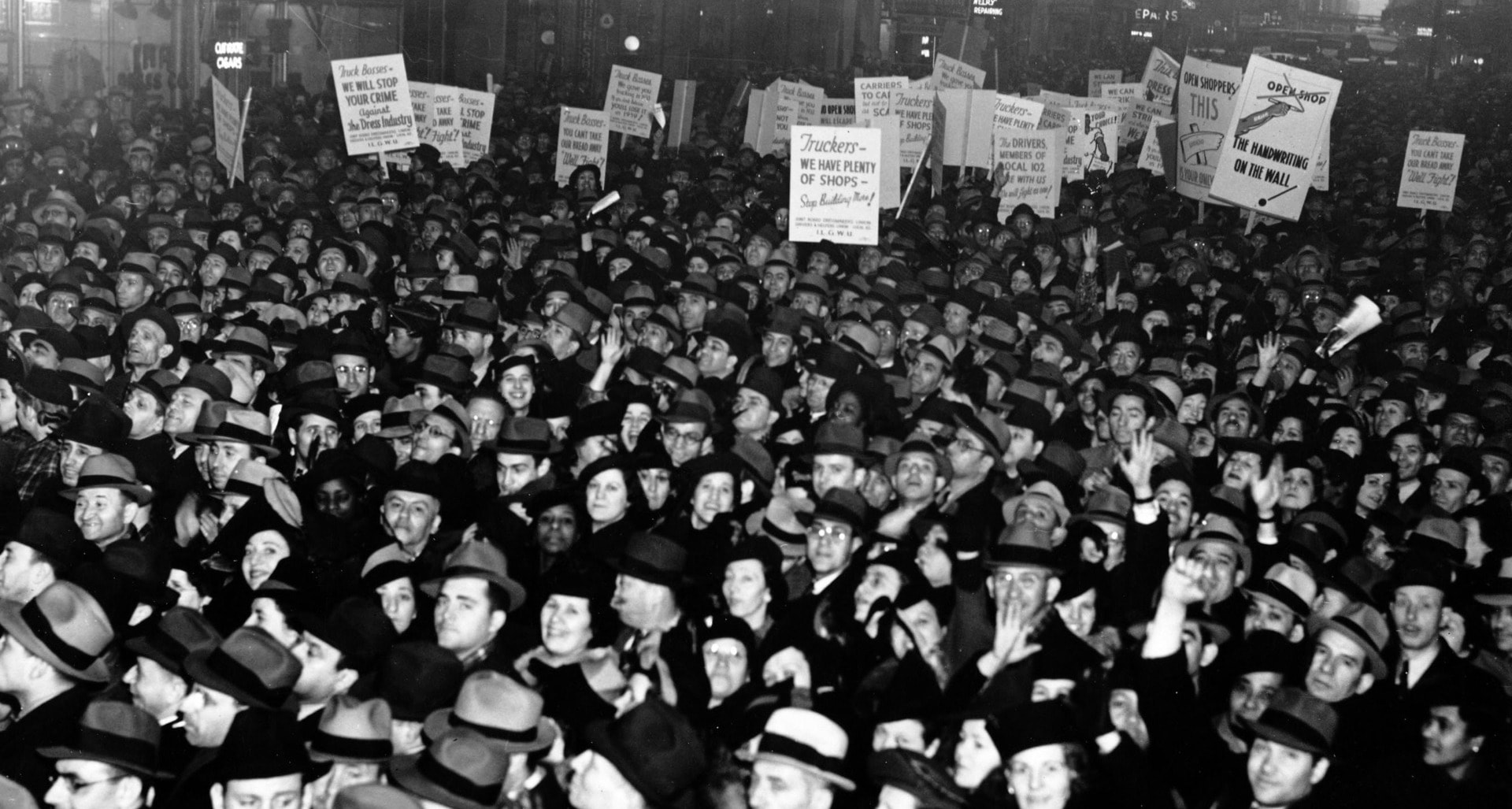Citizens Foundation is a non-profit organization based in Reykjavik, Iceland, developing digital systems that allow citizens to directly participate in their government’s decision-making. The organization has worked with local and national governments in over 20 countries across Europe and Australia. They have created open-source digital methods for participatory budgeting, policy crowd-sourcing and citizen empowerment using Artificial Intelligence.
Robert Bjarnason is the co-founder and president of Citizens Foundation. Before launching Citizens Foundation, he was an entrepreneur, and he started the first Icelandic internet provider company in 1993. Now his goal is to provide a platform to connect citizens with policymakers.
In this interview, Robert Bjarnason shares his journey with Citizens Foundation, and his views about democracy in the 21st century.
What was the initial purpose for creating the Citizens Foundation?
Robert Bjarnason: When the global financial crisis happened in 2008, Iceland’s three commercial banks went bankrupt in a matter of ten days. Trust in society was in a total collapse. A group of fellow entrepreneurs and I created the Citizens Foundation a few weeks after the crisis hit.
Our initial aim was to give people more influence over decision making. The aim was ultimately to help build trust between citizens and government by upgrading our democratic system. We thought that the democratic system of government needed refurbishment and reimagination. Instead of people voting once every four years, we could use the internet to give people access to the policy making process at all levels.
How did the Citizens Foundation begin working towards those aims?
RB: In early 2009, we launched our first open source code, called “Open Direct Democracy”, and opened our first project, called “Shadow Parliament”. This project allows people to comment on the law proposals going through Icelandic parliament. Shadow Parliament is now known as “Dear Parliament” and is still working nine years later.
At that time we also learned – by looking at threads on our webpage – that people normally start discussing about laws respectfully and then, after, they would start arguing.
How did you address this issue, where communication breaks down in the comments?
RB: We asked ourselves how a civil debate happens. University debates offered a potential model, in which two people argue a point and each has the same amount of time to elaborate their ideas. Our debating system developed to allow multiple people to contribute arguments for and against those ideas. Instead of writing a regular comment, people write a point for or against an idea. Points could be voted up or down, but they can’t be replied to directly. If you don’t agree with a point, you need to write a counterpoint that stands on its own. We break up the pattern of communication in which people can respond to an idea with a personal attack.
This debate system has been hugely successful in Iceland, Norway, Scotland and in over 20 countries where we have used it. In every new location we hear arguments that the system won’t work there because people are so horrible on social media, but, so far, it has worked everywhere.
 In the Image: Comments section of the Open Direct Democracy platform. Credit: Citizens Foundation
In the Image: Comments section of the Open Direct Democracy platform. Credit: Citizens Foundation
Do debates fail when the issue is a question of fundamental world views, rather than a question of facts?
RB: An interesting example of this came from the education policy. One person had an idea for reintroducing the New Testament into the curriculum. This is an issue that was highly controversial. We had a major debate with 200-300 people participating. People who supported the idea were coming up with good points. Personally, I believe in religious freedom, but by reading all the comments, now I respect everyone point of view.
How dynamic is the debate process, and do the policies evolve along with discussion?
RB: There are many ways a debate can evolve. If it’s participatory budgeting, you put the idea in, then the city talks directly to the person putting in the idea. We are trying to move the co-creation aspect further down the chain. In many cases, we have seen somebody coming up with a good idea, and after a good debate, the policy shifted to accommodate this idea.
We have an example from a snap election in Malta. The center right political party was talking to us about an e-democracy platform, asking their voters to come up with ideas, and it was a big hit. Malta is 400,000 people and we had 4,000 registered users; thousands of debates and points. It is a conservative catholic country, and the center left labor government had started to open rights for gay people. When they opened this platform, they had a lot of ideas about gay rights and a lot of debate about it. In the center right party, there was nobody against it but they did not have gay marriage on their official platform. As a result of this platform, connecting on a deeper level with their voters, they added gay marriage into their platform and now Malta is one of the leading countries in Europe on gay rights.
What has been the most ambitious project of the Citizens Foundation?
RB: Our most successful project so far has been “Better Reykjavik“, which was founded in 2010.
A week before the city elections that year, we offered an area on the Better Reykjavik website to each of the political parties running. Luckily for us, there was a new political party called the “Best Party”. It was a joke party, initially, founded by a comedian. A week before the election, they were polling 30% of the vote. They were on track to win the election and they jumped on our offer because they didn’t have any proposal or policy ready.
Our partnership was a good fit. We had a tool for crowd sourcing policy and the party put out a call for people to help them make policy for the next four years. Their initiative was a big hit, and during that week we had 2,000 ideas posted on the site, 10,000 debate points, and over 50,000 people visited the website.
Election night happened and Best Party won with 35% of the vote. They told people to continue going on Better Reykjavik and contributing with ideas as they were entering coalition talks with the Social Democrats. The experiment continued for another week until a government was formed. Many of the ideas from the website were included in the party manifesto and then implemented. Better Reykjavik’s success surprised everybody, including politicians of other parties. It was surprising also for us to see how many people wanted to contribute to the policy-making process, and how many ideas they had.
 In the Image: Your Priorities user interface. Credit: Citizens Foundation
In the Image: Your Priorities user interface. Credit: Citizens Foundation
How was this innovative method of citizen participation integrated into the Reykjavik government?
RB: Since the formation of the government, we started to negotiate with the bureaucracy of the city. The classical bureaucratic structure of the city was not designed to open a direct interface to the public.
It took until October 2011, then we launched a new area on the Better Reykjavik website called “Your Voice at the City Council”, which is still ongoing seven years later. In this part of Better Reykjavik, you can propose any policy and then the top ideas every month go into different city committees for discussion.
Once politicians and councils have reviewed it, every person who has supported or opposed that idea gets an email. This keeps a loop of feedback going, which is extremely important as people’s reward for participating is to be listened to. If the rejection is a common-sense rejection, it becomes a learning experience. Overall, politicians have taken this with open arms. It has spread around Iceland, and projects are now being completed around the country.
How did the Citizens Foundation progress beyond crowd-sourced policy-making?
RB: After Your Voice at City Council, our next step was called Better Neighborhoods. Today this is called My Neighborhood. The system gives direct power over part of the city budget to citizens. They are given control over 6% of the yearly city construction budget, which is 3.5 million euros. This is quite a lot for a city of 100,000 people. People have direct power over how that money is spent in the ten neighborhoods.
People have a month to propose ideas. This usually amounts to around a thousand ideas each year. 30,000 people visit the website. It has become normal to take part in this.
Over a period of six months, some of these ideas are rejected. Neighborhood councils select 25 of these ideas for each neighborhood. These ideas goes into a pending vote. The system is quite secure, and it is like a game. Each citizen gets to control the whole amount of the budget for their neighborhood as if they had absolute power.
We have been getting 12% participation in Reykjavik, 18% in other cities around Reykjavik. It has spread all over Iceland now. Participation is not at 60% like a parliamentary election, but we have reached mass participation, where a decent part of the electorate is deciding on the budget. Seven years on, over 600 projects and 25 million Euros have gone through this process.
 In the Image: My Neighborhood user interface. Credit: Citizens Foundation
In the Image: My Neighborhood user interface. Credit: Citizens Foundation
Has Reykjavik moved towards granting even more policy-making power to citizens?
RB: Using Better Reykjavik last year, we worked with the city to crowd-source a major policy for the first time. The city was doing an education policy until 2030, talking to students and teachers in an open-ended project. We had two stages and it was a huge success: thousands of people participating in the crowd-sourcing process. 15% of the final proposal came through the crowd sourcing platform.
In which countries have these systems been adopted?
RB: In Norway, we’re working with the Norwegian Consumer Authority. They are a government agency in charge of consumer rights in Norway. Now they are crowd-sourcing all sorts of policies. Most recently, they determined how to deal with the way banks advertise loans.
We have two senators in the French parliament using our system. In France it is called Open Parliament Policy. Two senators from Macron’s La République En Marche! party have opened a website using the Your Priorities open source software. They crowd-source questions to pose to the government, which they can do as the majority party. Then they put the answers back on the website. It’s a new way for the general public to frame questions to the government without going through intermediaries.
We have done four different participatory budgeting projects in Scotland. In Dundee, 1.2 million pounds were allocated through our voting software and 12,000 people participated, which is close to 10% of the population of the city.
In Iceland, over 50% of the citizens have used Better Reykjavik. There are 23,000 registered users out of 100,000 people on the voting registry. It is the breadth and diversity of the people participating in this gives this power and legitimacy.
We have worked in Croatia, Spain, Hungary and the Netherlands. In Madrid, we helped create a participatory budgeting project. We are talking to the Dutch government about setting up participatory budgeting.
In Estonia, there was a project in 2013-14 in response to protests about corruption. To generate solutions, the president of Estonia created a process for people to propose ideas of how to fix the political system. Using the Your Priorities system, the government received 2,000 ideas from the public. They selected the top 25 ideas and held a citizen assembly. 400 people representative of the population were randomly selected to participate. The citizens debated for a weekend on the ideas. Through this process, with a lot of expert help, they produced 15 law proposals. The president of Estonia brought the proposals to parliament. Seven became law or partly law.
Do these digital systems, with which citizens can participate directly in governmental institutions, represent a shift in the forms of democracy being used to address modern problems?
RB: I think it’s an evolution of representative democracy. Our old system of democracy was developed in a time when people took their horses to go to the polling station. The amount of things that happen now every four years, compared to hundred years ago, is dramatic. Things are happening so much faster. Yet we still have a system of voting for people typically every four years. This system is disconnected because it’s too long of a time to do anything. Politicians make promises, but promises are forgotten with the 24 hour media cycle. We see a declining trust systematically everywhere in democratic countries, both at a local level and a national level.
This approach is about responding to that trend of ever decreasing trust, and attempting to extend liberal democracy well into the 21st century. It’s obvious that if the trust keeps decreasing, and it’s decreasing more and more, that at some point liberal democracy will not exist any more.
This is basically responding to the modern world. We have the technology, we have the information to keep people involved more than just every four years, and we have seen in our projects and many projects around the world, that citizens like to take part, that’s been proven.
All of the countries you have worked in are fairly advanced countries, where most citizens have phones and the literacy to use them. Will people without access to the digital infrastructure also be able to participate in this advancement of representative democracy?
RB: We are definitely concerned about people being represented. Here in Reykjavik, we often also have real life meetings connected to the project. People can come to the meeting and contribute their idea. If people don’t have access to dig tech or they don’t know how to use it, when you’re doing a digital democracy project, your have to have a face-to-face component of it.
This is not as big of a problem in Western and Northern Europe, where there’s a high computer literacy rate. We have done a lot of projects in Southeastern Europe, Croatia and Serbia where people are a lot poorer than in Western Europe. But in the past five years, there has been a smartphone revolution. It has been worldwide revolution in the potential to participate in those projects.
With the open source software, which we began to write in 2008. In 2014, when we saw the mobile revolution kicking in, we decided to throw away all the old code and rewrite it completely from scratch using new html standards. Those standards enable you to write web application that are really fast to use even with basic smartphones.
 In the Image: Map of projects using the Your Priorities system. Credit: Citizens Foundation
In the Image: Map of projects using the Your Priorities system. Credit: Citizens Foundation
How is voting secured? Does the system have vulnerabilities?
RB: For crowd-sourcing co-created ideas on Your Priorities, we host everything in the cloud. People can use Facebook to sign in. We use quite good security for this, but since we’re not voting, we don’t have to worry about the security as much. For Open Active Voting, the voting platform, security is paramount. Whenever you are dealing with a lot of money there is the potential for corruption. For example, a company could try to hack the system to obtain lucrative contracts.
When we started to design the system in 2011, our basic principle for development was to look to paper ballots and understand the security mechanisms used to secure them. We found that the most important security algorithm with paper ballots is the separation of roles. There are always checks and balances between those roles. We designed our voting system in the same way.
We design the software and processes of online voting so that Citizens Foundation never hosts it. In our security system, we would never touch the security system. Likewise, for our authentication system we have a third party involved, in this case the Reykjavik government. We also have a separate security auditing company that audits the code and system. The City hosts everything on its servers. There are many other security mechanisms but separation of roles is the most important one.
Do you expect that people around the world will be able to develop and adapt the Citizens Foundation’s open source software to fit their particular political situation?
RB: That’s already happening to an extent in Scotland, France and the Netherlands. Our focus for the past couple of years has been machine learning and Artificial Intelligence, adding features, recommendations and smart notifications. We have been working on using A.I. to actively listen to social media, connecting social media to the crowd-sourcing system. We are trying to do as much development as we can, but we would love to get more contributors. The goal going forward to keep on promoting our projects and have people adapt it to different situations.
Is Artificial Intelligence a critical element of the future of representational democracy?
RB: We think it’s essential for policy crowd-sourcing going forward to empower citizens using Artificial Intelligence. We are working to use short videos, in the style of Snapchat, to engage in debate. One of the most exciting things in A.I. that we’re working on at the moment is a proposal assistant. When you are writing a proposal, the system will analyze the text you write to give you suggestions about the grammar or content. It will fetch information for you while you’re writing the proposal. The aim of the assistant is to help people make better proposals and democratize the access to making a meaningful contribution.
What is the size and organizational structure of the Citizens Foundation?
RB: Today, the project is mainly me and my girlfriend. Our son is the QA department. We have a network of people helping. This has been a project of passion. Many over the years have contributed to the open-source software. The beauty of open-source is that you can quickly bring together a lot of value.



